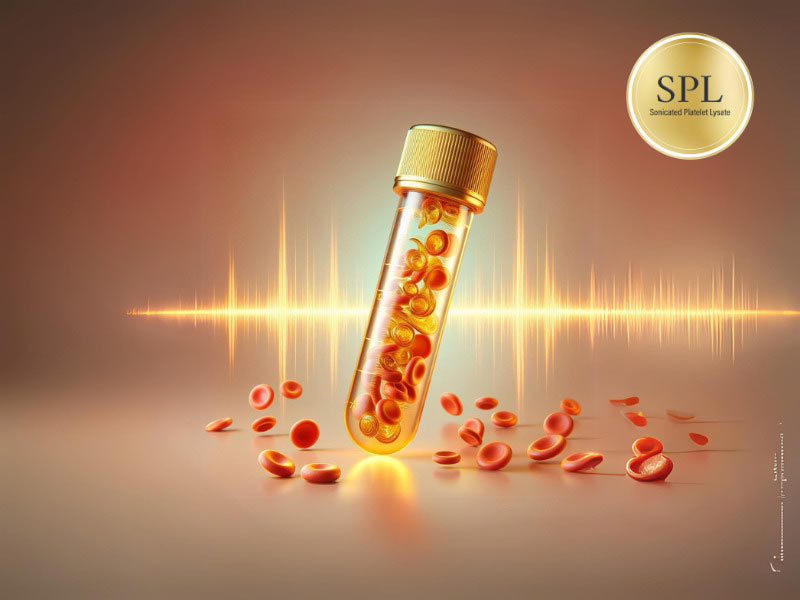Hair loss, affecting millions globally, continues to be a significant concern impacting both aesthetics and self-esteem. While established methods like medications and hair transplantation offer solutions, the quest for more effective, personalized, and minimally invasive treatments remains constant. Sonicated Platelet Lysate (SPL) emerges as a revolutionary technology poised to transform the hair care industry with its unique approach to hair restoration.
Understanding the Science Behind SPL:
- Harnessing the Power of Platelets:
SPL leverages the body’s natural healing potential by utilizing platelets, tiny cell fragments found in blood. Platelets harbor a treasure trove of growth factors, signaling molecules crucial for various cellular processes, including:
- Cell proliferation: Stimulating the growth and division of existing cells, essential for hair follicle regeneration.
- Cell differentiation: Directing cells towards specific functions, promoting the development of healthy hair follicles and hair shafts.
- Angiogenesis: Promoting the formation of new blood vessels, enhancing blood flow and delivering essential nutrients to the scalp.
- Anti-inflammatory properties: Reducing inflammation in the scalp, which can contribute to hair loss.
- Unlocking the Potential: The Sonication Process:
The creation of SPL involves a fascinating two-step process:
- Blood Draw and Platelet Concentration: A small amount of blood is first drawn from the patient. Through centrifugation, platelets are separated from other blood components like red blood cells and plasma.
- Sonication: The concentrated platelets undergo low-energy sound waves, a process known as sonication. This crucial step unlocks the true potential of SPL:
- Enhanced Release: Sonication gently breaks down the platelets, releasing a wider range and potentially higher concentration of growth factors compared to traditional methods like Platelet-Rich Plasma (PRP).
- Standardization: Sonication ensures a consistent and standardized preparation, mitigating the variability inherent in PRP due to different processing techniques.
Advantages of SPL over Existing Hair Loss Treatments:
- Enhanced Efficacy:
- SPL’s potential release of a wider range and higher concentration of growth factors compared to PRP might translate to greater hair stimulation and growth.
- Research suggests SPL may promote improved blood flow, reduce inflammation, and create a healthier scalp environment, potentially creating a more conducive environment for hair growth.
- Minimally Invasive and Personalized:
- Unlike surgical procedures like hair transplantation, SPL involves injections, making it a minimally invasive and tolerable treatment option.
- Utilizing a patient’s own blood components ensures a personalized approach, potentially minimizing the risk of allergic reactions or rejection.
- Potential Applications Beyond Hair Loss:
- Beyond hair restoration, SPL may offer benefits for other scalp concerns, potentially contributing to:
- Promoting overall scalp health through improved blood flow and nutrient supply.
- Reducing scalp inflammation for a healthier look and feel.
- Stimulating collagen production for firmer and healthier scalp tissue.
- Synergistic Approach:
- SPL may serve as a complementary therapy alongside existing hair loss treatments like medications, potentially enhancing overall outcomes and promoting hair growth.
Studies suggest SPL may be used in conjunction with hair transplant procedures to improve graft survival and accelerate healing, leading to more successful hair restoration.


